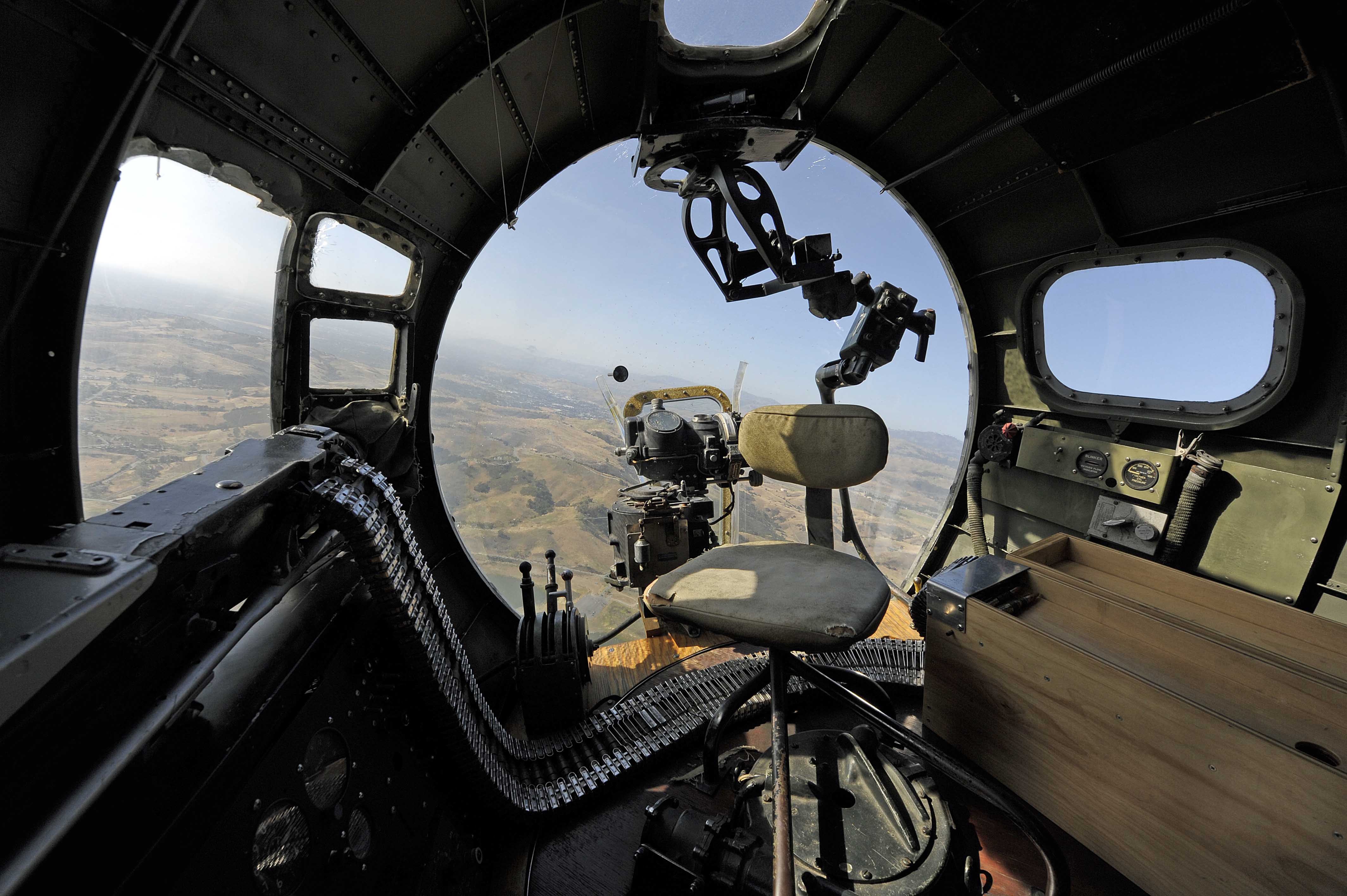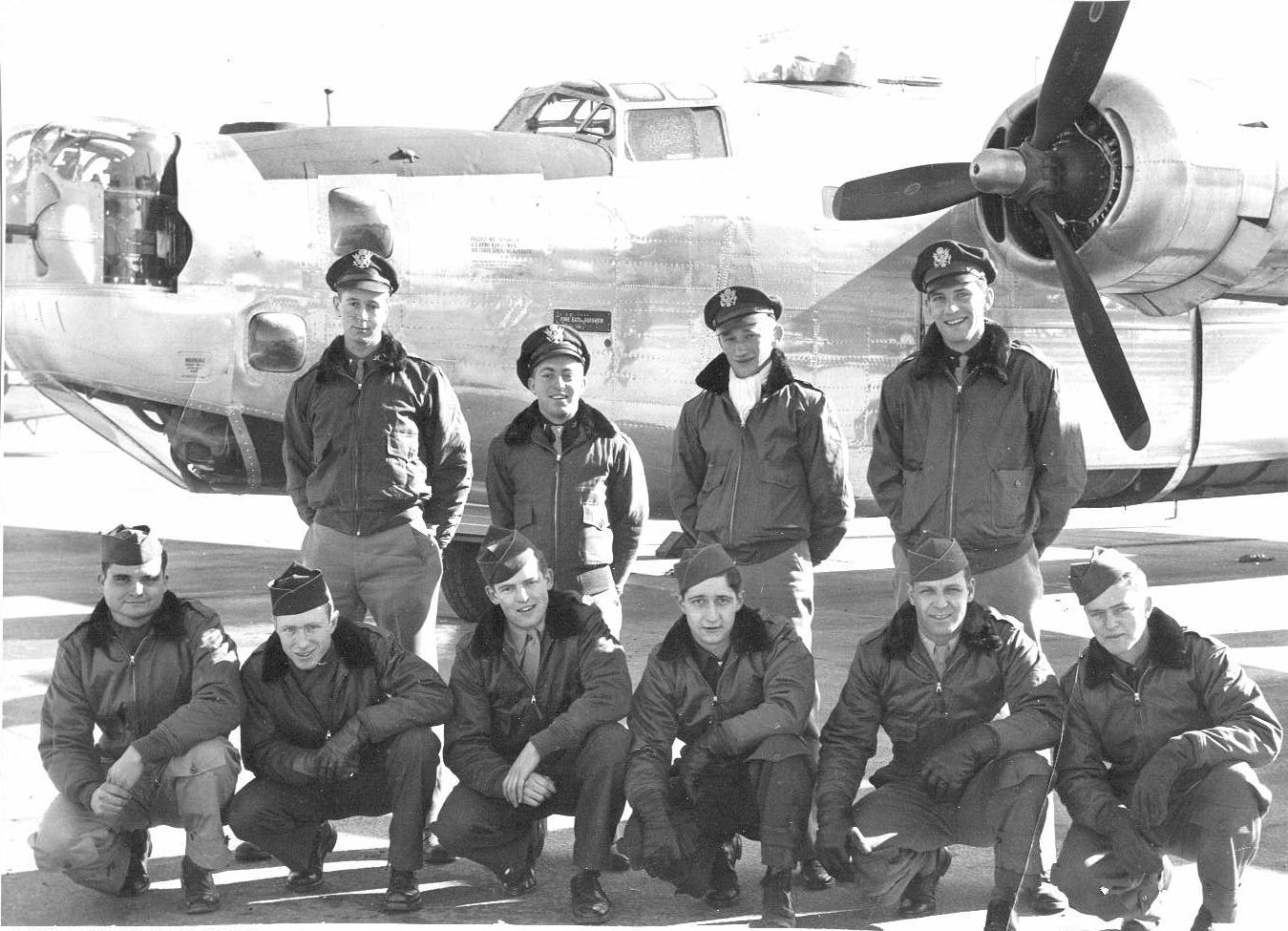

The most distinguishing features of the B-24 asĬontrasted with the B-17 were the high-aspect-ratio wing mountedĪtop the fuselage, the tricycle landing gear, and the two fins and Illustrated in figure 5.7, and the characteristics of a B-24J are Mission as the B-17 but differed radically in design concept andĪppearance from the Boeing aircraft. Had roughly the same gross weight and was designed for the same The B-24, a four-engine, 56 000-pound bomber, Prototype in December 1939, and the first production aircraft wasĭelivered in 1941. The B-24 Liberator,ĭesigned several years later than the B-17, was first flown as a

The Boeing B-17 Flying Fortress, whichįirst flew in prototype form in 1935, is described in chapter 4 and illustrated in figure 4.13. The two types are best remembered as theĪircraft that carried out the United States strategic bombing Army Air Force were the Boeing B-17 and theĬonsolidated B-24. Two outstanding heavy bombers that served Multiengine bombers, and single-engine Navy scout bombers.ĭiscussed first are the heavy bombers. Into the following categories: heavy, very heavy, and medium Bomber Aircraft The bomber aircraft discussed here fall Gear, variable-pitch propeller, and metal construction. The same cantilever monoplane formula with retractable landing War II period were, as previously described, designed to Essentially, all combat aircraft utilized in the World Spelled the difference between success and failure in combat Refinements discussed in the preceding paragraphs frequently The same state of the art from a technological viewpoint. United States, British, and German aircraft were usually of about Technical advantage over those of another country for very long. The aircraft of no one country held a clear and continuing These aircraft are representative of a vast array of very goodĪircraft produced by both Allied and Axis countries during World A few examples of much-used United Statesīomber and fighter aircraft are illustrated and described below. Operational service are described in reference 112. Combat aircraft of all the nations that saw World War II are described in great detail in referencesĥ8 to 63. Particularly interested in United States combat aircraft, The different warring powers during World War II. A number of theīooks listed in the references at the end of this volume containĮxcellent detailed descriptions of the various aircraft used by There is noįeasible way of describing all the outstanding World War IIĪircraft in such a short account as this one. Other categories with only minor modifications. Use in one of these categories were later found to be useful in Requirements in one or more of the following broadĬategories: (1) Heavy bombers (2) Attack and light bombers (3) Fighters and interceptors (4) Patrol and reconnaissance (5) Transport and utility (6) Training Many aircraft specifically designed for Employed in World War II were usually designed to fill mission


 0 kommentar(er)
0 kommentar(er)
